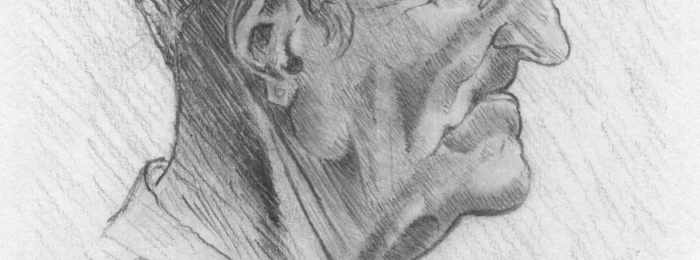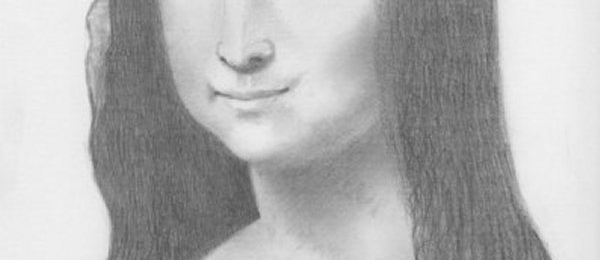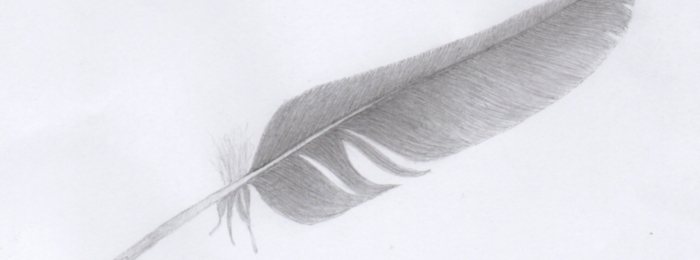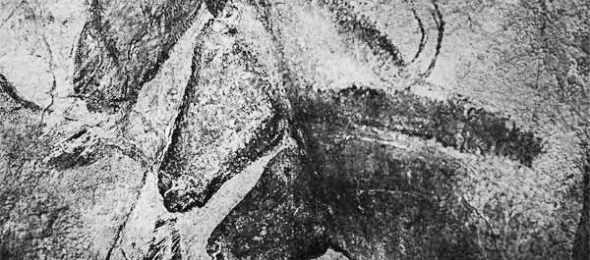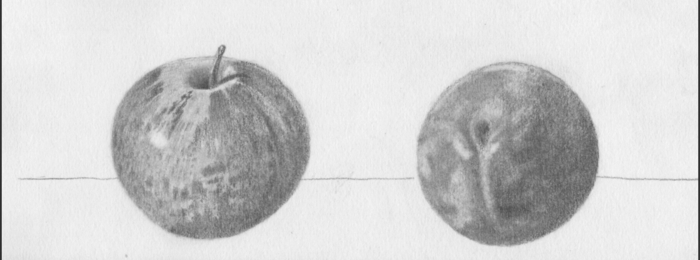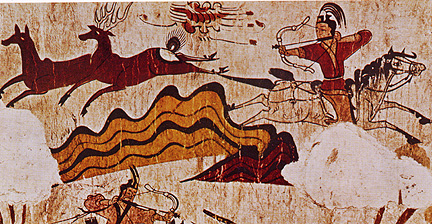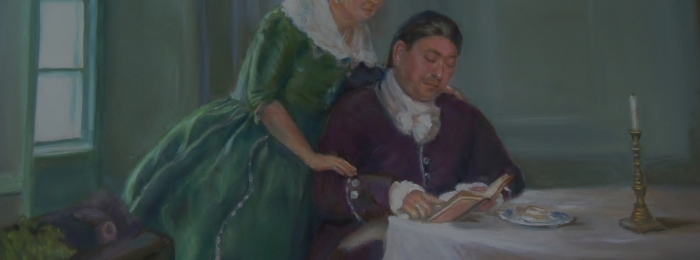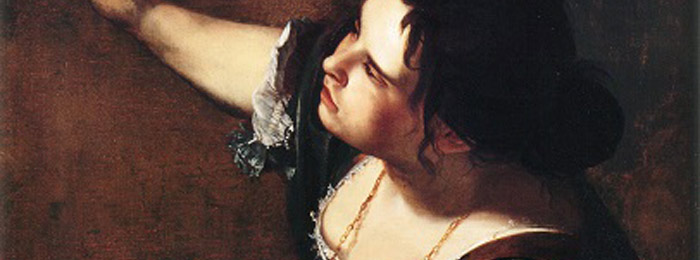On 18 Aug, 2014 With
Article by Ronnie Rayner Larter
There seems to be a debate about whether or not it’s good to copy when drawing. Some say no, others say yes. Did you know they used to do that in the old school of art where new students were made to copy from drawings and prints of their masters. In fact, they would spend the first year constantly copying from prints, or from the ‘flat’ as they called it, which was taught as being good practice…
Read More
On 11 Aug, 2014 With
Article by Ronnie Rayner Larter
If you are one of those people who lacks confidence at drawing, or convince yourself that you cannot draw; you are creating your own barrier to learning. Because you believe you have no talent whatsoever, you never take the steps to learn. Let me tell you something; you can learn to draw just as you can learn any other skill. Don’t knock yourself down. Decide right now that you will learn and then put in the effort to achieve your goal. All it takes is to learn HOW to draw and then practice the how’s…
Read More
On 9 Aug, 2014 With
Article by Ronnie Rayner Larter
How many times have you heard someone say ‘I cannot draw a straight line to save my life’? Perhaps you have said the same thing yourself. Well, take note, drawing a good straight line is difficult, even for some of the most experienced artists, let alone a beginner.
In art, drawing a perfectly straight line is neither necessary nor desirable. It has no expressive qualities, therefore has no artistic merit; it looks un-natural and contrived….
Read More
On 6 Aug, 2014 With
Article by Ronnie Rayner Larter
Most drawing tools artists use today originate from ancient writing tools. Over 4000 years ago for example, man used a bronze or bone tool to scratch into clay tablets. 1000 years later the Egyptians used thin reed brushes or reed pens on papyrus scrolls. Later still, the Romans used a metal stylus for writing into thin sheets of wax and after 600AD, in Europe, the quill pen was invented…
Read More
On 28 Jul, 2014 With
Article by Ronnie Rayner Larter
Over the years, as an artist, I always smudged graphite to create smooth, graduated tonal blends. I used various materials for blending such as the cotton bud, piece of soft leather, piece of linen, tissue, paper stumps etc., each one creating a slightly different result. However, there is a problem when adding more blended graphite to achieve a darker tone; the drawing often looked lifeless and shiny, which spoilt the final study. I was at a loss about how to overcome the problem. I tried not to take the smudging of graphite too far; but without darks, the drawing appeared weak.
This left me with a dilemma. Do I continue smudging graphite or not? Or do I push myself to use another medium such as charcoal. Because graphite pencils have been my favourite drawing medium, I decided to continue smudging but persuaded myself to find a way to overcome the problem. I used most of the grades from 4H to 8B to obtain all the tonal values I needed, but the 4Bs to the 8Bs were the main problem; they were the pencils that created the glossy look…
Read More
On 26 Jul, 2014 With
Article by Ronnie Rayner Larter
One might wonder today, what on earth has happened to art? Why have we been bombarded with weird images, strange ideas, non-realistic subjects, wild colour themes? It seems there are no rules in art.
Students are given absolute freedom. There are no restrictions on how or what they want to create and it’s all down to a handful of artists who broke away from the traditional rules of art…
Read More
On 18 Jun, 2014 With
Article by Slater Smith
The Renaissance was one of the greatest periods in art history. Man lost the teachings of the Ancients during the Middles Ages, but was able to not only renew, but to improve upon them. We think of Raphael’s monumental frescoes, Botticelli’s “Birth of Venus”, and Michelangelo’s awe-inducing sculptures. They must have been gifted. They must have been talented from birth. They must have had divine motivation or inspiration to reach such heights. Or so we think. The artist was not much during the Renaissance. In fact, “artist” was a word nearly floating into obscurity. They were simple craftsmen trying to make a living, just like a normal man. Not as moving of a purpose as the modern world would expect…
Read More
On 15 Jun, 2014 With
Article by Slater Smith
Very recently, I got into a discussion on which careers are beneficial to society and which are not. At some point, an individual said that art has absolutely no purpose to the world, giving no explanation as to why. I was immediately startled. How could anyone not know the value of fine art? After a day or two of thinking, I realized that very little painters, sculptors, and other craftsmen are ever referred to outside of an art history or appreciation course and how many students even take the time to participate in such classes? I does not make sense to study the French Revolution with without studying Jacques-Louis David, nor is it logical to speak of religion without the Sistine Chapel being mentioned. In this article, I would like to explain the various ways artists have shaped today’s world…
Read More
On 14 Jun, 2014 With
Article by T. Stonefield
I think one of the hardest things for new painters to do with confidence is to execute their dark values with conviction and make them dark enough. Over and over, I have told my beginning students to make their darks darker. There always seems to be so much resistance.
“Really? Darker than this?!!” they ask perplexed…
Read More
On 14 Jun, 2014 With
Article by Slater Smith
Throughout art history, there are very few accomplished female painters. This was caused by numerous factors, most relating women being too “delicate” for work. Despite societal standing, a small portion of determined souls were able to learn the art. One of the first and most successful female painters was Artemisia Gentileschi, one of the Great Masters from the Baroque period, famous for her depictions of Judith. Her works were skillfully rendered, full of a feminist’s spirit, and rival that of her male contemporaries.
Artemisia was born on July 8th, 1593, in Rome. She exhibited extraordinary artistic talent in her youth. Her father, Orazio Gentileschi, was able to recognize this and decided to train her, as women were not allowed to attend art academies in the 17th century. Orazio was no stranger in the field of painting. He was a Caravaggisti, or a follower of Caravaggio. His works incorporated the chiaroscuro technique, creating incredible tonal contrast and drama within a scene. Artemisia became influenced by the same technique and, for some time, critics could not tell whether she or her father had made a particular piece. From further training and expanding her view on life in general, Artemisia began to develop her own sense of style. Her first known work is titled “Susanna and the Elders”…
Read More


